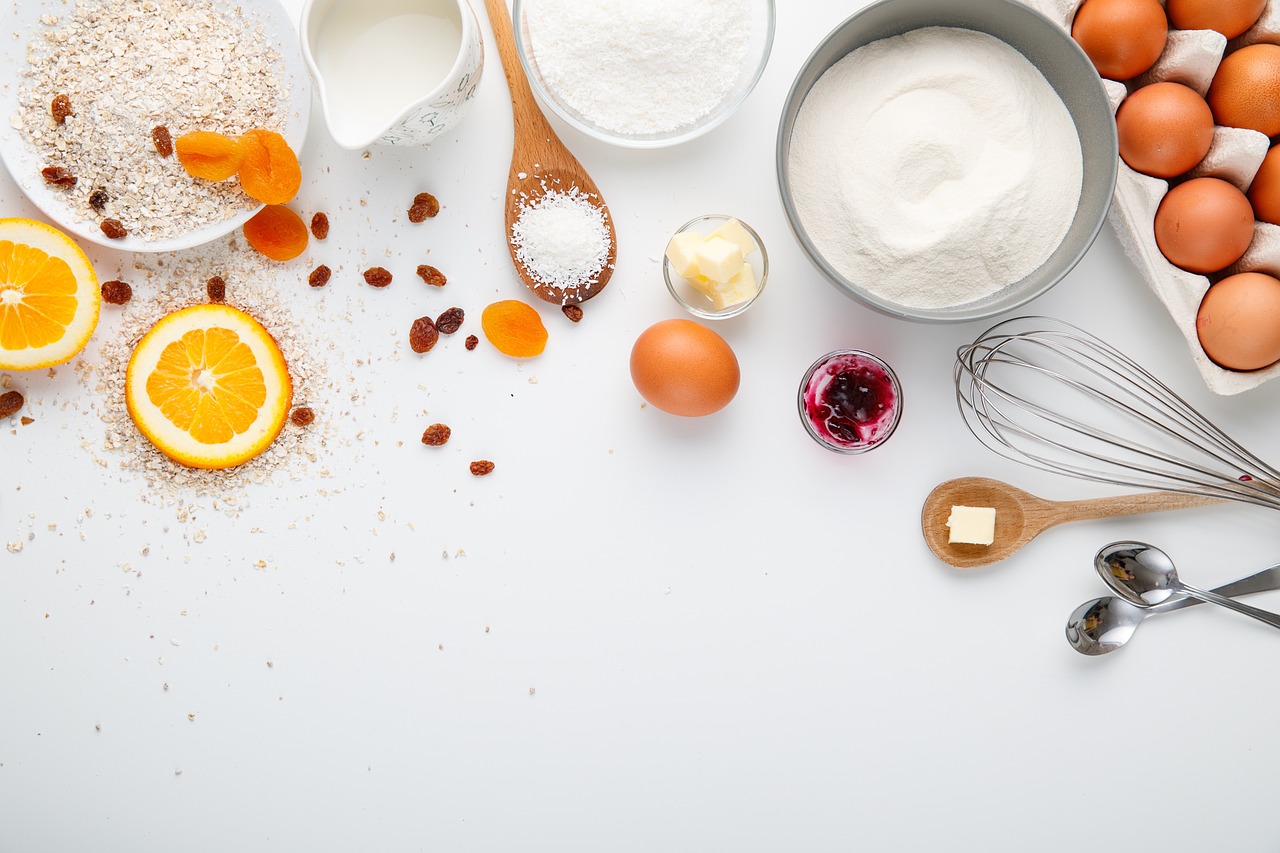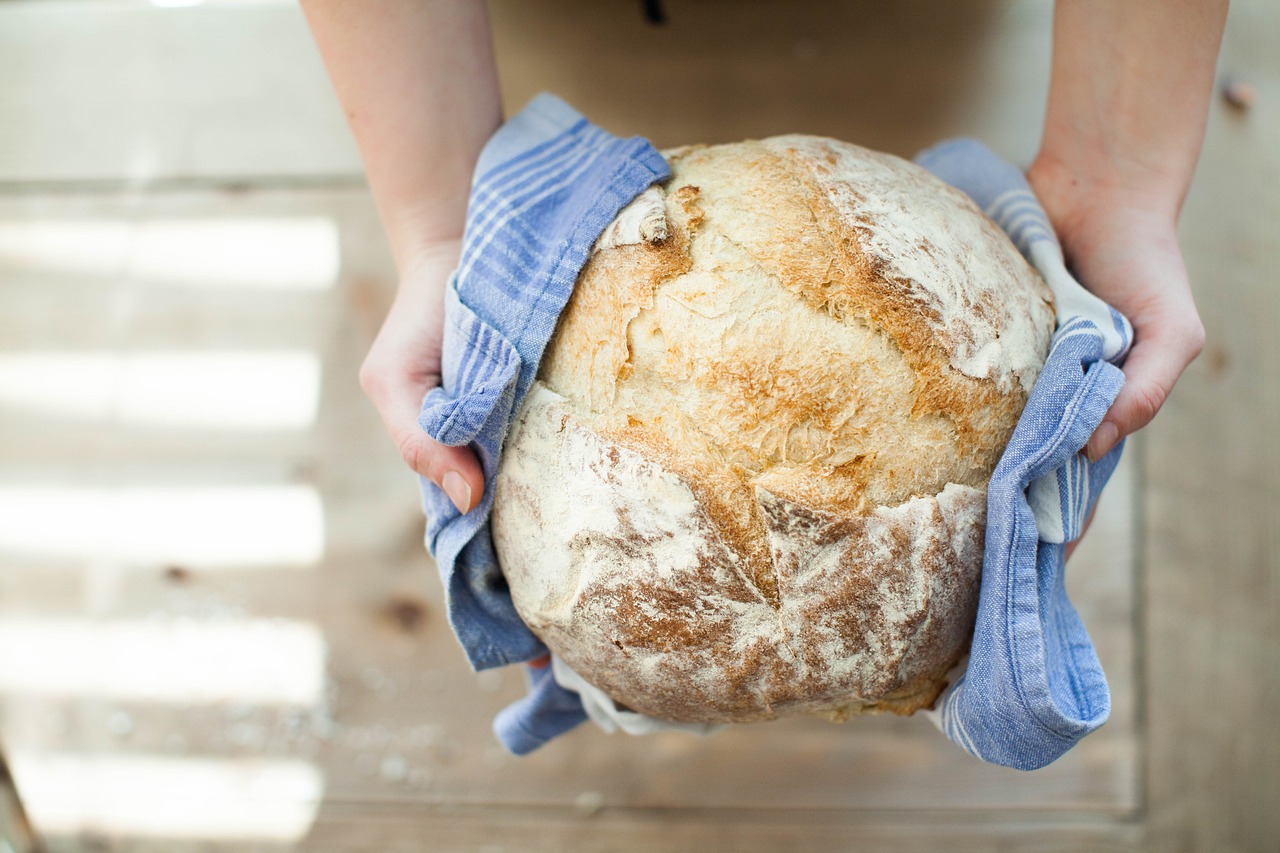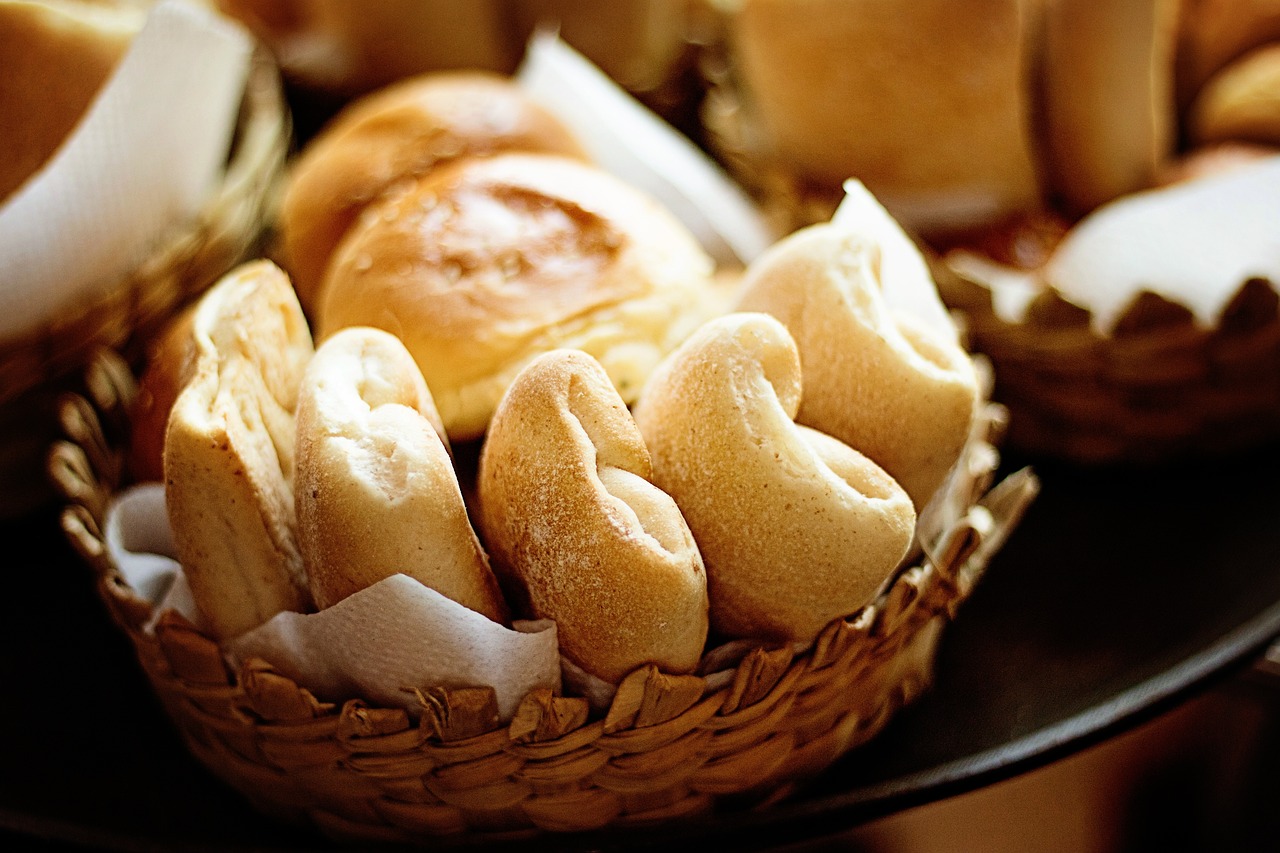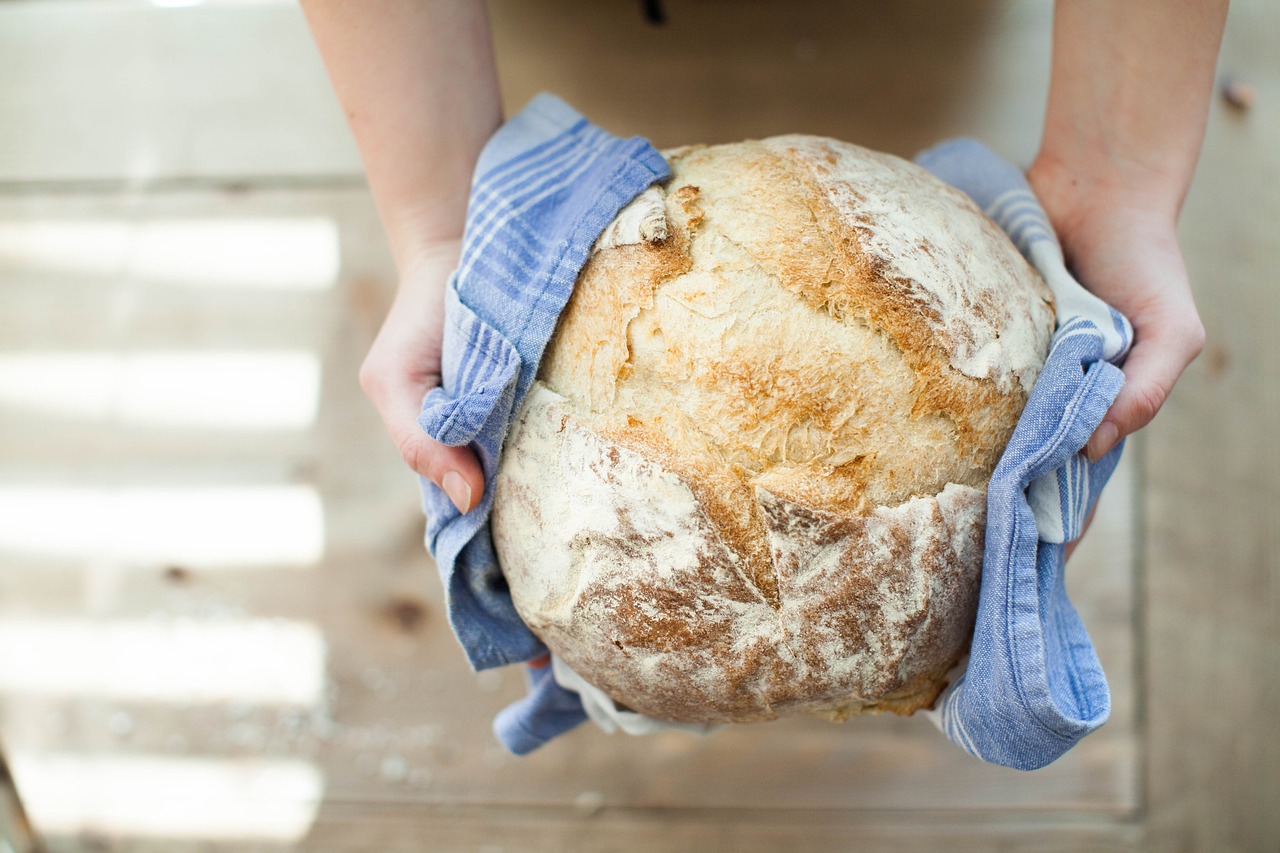In the world of baking, every pastry chef knows the value of a good rolling pin. It is an essential tool that can make all the difference in achieving that perfect pie crust or fluffy pastry dough. At Tastepan.com, we understand the importance of having top-quality kitchen equipment, which is why we are here to delve into the art of rolling pins in baking. Join us as we explore the different types, materials, and techniques that can elevate your baking game and make your culinary experience seamless and enjoyable.

Different Types of Rolling Pins
Traditional Rolling Pins
Traditional rolling pins are the classic cylindrical shape with handles on both ends. They are usually made of wood and are the most common type of rolling pin found in kitchens around the world. Traditional rolling pins are versatile and suitable for a wide range of baking tasks.
French Rolling Pins
French rolling pins, also known as dowel rolling pins, are long and slender with tapered ends. They do not have handles and are made of wood or another material like marble. French rolling pins are lightweight and provide more control over the dough, making them ideal for tasks that require precision, such as rolling out pastry dough.
Tapered Rolling Pins
Tapered rolling pins have a cone-shaped body, with one end larger than the other. This shape allows for easier maneuverability and control while rolling out dough. Tapered rolling pins are often made of wood or silicone and are suitable for various baking tasks, from cookies to pie crusts.
Marble Rolling Pins
Marble rolling pins are made of smooth and cool marble, which helps to prevent dough from sticking. They are heavier than traditional wooden rolling pins, which aids in flattening and rolling out dough effortlessly. Marble rolling pins are a popular choice among professional bakers for their durability and ability to stay cool, making them ideal for tasks that require a cool working surface.
Silicone Rolling Pins
Silicone rolling pins are made of food-grade silicone and are popular for their non-stick properties. They are lightweight and easy to clean, as dough does not easily stick to their surface. Silicone rolling pins are a great choice for working with delicate dough or dough that tends to stick, such as sticky buns or croissants.
Selecting the Right Rolling Pin for Your Baking Needs
Consideration Factors
When selecting a rolling pin, consider the following factors: the type of baking you do most often, your comfort level with different materials, the specific tasks you will be using the rolling pin for, and your budget.
Material
The material of the rolling pin is an important factor to consider. Wooden rolling pins are versatile and provide a traditional feel, but they may require more maintenance. Marble rolling pins offer a cool working surface and are ideal for pastry dough, but they can be heavy. Silicone rolling pins are lightweight and non-stick, making them easy to use and clean.
Size and Weight
Consider the size and weight of the rolling pin, as it can affect your comfort and maneuverability. A longer rolling pin allows for easier rolling out of larger pieces of dough, while a shorter rolling pin may be more suitable for smaller tasks. Opt for a weight that feels comfortable in your hand and allows for easy control without exerting too much pressure.
Comfort and Grip
The comfort and grip of the rolling pin are important for ease of use. Consider whether you prefer a rolling pin with handles or without handles, as it can affect how you hold and maneuver the pin. Look for rolling pins with ergonomic handles or non-slip grips for added comfort and control.
Maintenance and Durability
Consider the maintenance and durability requirements of the rolling pin. Wooden rolling pins may need to be oiled regularly to keep the wood from drying out, while marble rolling pins may require more careful handling to prevent chips or cracks. Silicone rolling pins are generally low maintenance and durable.

Proper Usage and Techniques with Rolling Pins
Preparing the Dough
Before using a rolling pin, ensure that your dough is at the appropriate consistency. If the dough is too sticky, add more flour, or refrigerate it to make it easier to handle. If the dough is too dry, add small amounts of water or other liquid to bring it together.
Rolling Out the Dough
To roll out dough with a rolling pin, start by lightly flouring your work surface and the rolling pin. Place the dough on the floured surface and begin rolling from the center outward in one direction, applying even pressure. Lift and rotate the dough occasionally to ensure an even thickness and prevent sticking.
Preventing Stickiness
To prevent dough from sticking to the rolling pin, lightly flour the pin before rolling. Additionally, you can use a silicone rolling pin or a chilled marble rolling pin, as they have natural non-stick properties. If the dough still sticks, sprinkle a small amount of flour on the surface of the dough as you roll.
Achieving the Desired Thickness
To achieve the desired thickness of the dough, adjust the pressure applied while rolling. For a thinner crust or pastry, roll with a lighter touch. If a thicker dough is needed, apply more pressure. Use a rolling pin with thickness guides or rolling pin rings to ensure consistent thickness throughout.
Troubleshooting Common Issues
If the dough tears while rolling, gently press the torn edges together or patch with extra dough. If the dough sticks to the work surface, use a spatula or bench scraper to release it. If the dough is uneven, gently adjust the thickness by rolling over the thicker areas or using your hands to gently shape it.
Creative Ways to Use Rolling Pins in Baking
Patterned and Embossed Designs
Rolling pins with patterned or embossed surfaces can be used to create decorative designs on cookies, pie crusts, and pastries. Simply roll the patterned rolling pin over the dough, exerting even pressure, and the design will transfer onto the dough.
Creating Decorative Edges
Use a rolling pin with a decorative edge, such as a fluted or scalloped edge, to create beautifully finished edges on pie crusts, tarts, or cookies. Roll the edge of the rolling pin along the edge of the dough to create the desired decorative effect.
Making Tart Shells
To make perfect tart shells, use a rolling pin to gently press the dough into the tart pan, ensuring an even thickness. Start from the center and work your way out, using the rolling pin to press the dough against the sides of the pan.
Working with Fondant and Gum Paste
Rolling pins are essential tools for working with fondant and gum paste. Use a rolling pin to roll out fondant or gum paste to the desired thickness for cake covering or for creating decorative elements like flowers or figurines.
Making Homemade Tortillas
A rolling pin is essential for making homemade tortillas. Roll out the dough balls with a rolling pin to the desired thickness, ensuring they are evenly flattened and round in shape. The rolling pin allows for consistent thickness and size of the tortillas.

Caring for and Cleaning Your Rolling Pin
Cleaning Methods
The cleaning method for your rolling pin depends on its material. Wooden rolling pins should be wiped clean with a damp cloth and mild soap. Avoid submerging wooden rolling pins in water. Marble rolling pins can be wiped clean with a damp cloth and mild soap, but do not use abrasive cleaners. Silicone rolling pins can be hand washed with warm, soapy water or washed in the dishwasher.
Storage Tips
Store your rolling pin in a cool, dry place to prevent exposure to moisture. Wooden rolling pins should be stored away from heat sources to prevent drying or warping. Consider using a protective cover or sleeve to keep your rolling pin clean and prevent it from rolling around in drawers.
Preventing Damage and Wear
To prevent damage and wear, avoid using excessive force when rolling out dough. Be mindful of the surface you are rolling on and avoid using the rolling pin on hard or abrasive surfaces. Avoid dropping or knocking the rolling pin against hard objects to prevent chips or cracks.
Maintaining Smoothness and Functionality
To maintain the smoothness of a wooden rolling pin, periodically rub it with food-safe mineral oil or beeswax to keep the wood moisturized. For marble rolling pins, gently buff the surface with a soft cloth to maintain its smoothness. Silicone rolling pins do not require any special maintenance for smoothness.
Refinishing and Repairing
If your wooden rolling pin becomes rough or develops cracks, it may need to be refinished. Sand the surface gently with fine-grit sandpaper, then wipe away any dust. Apply food-safe mineral oil or beeswax to restore the smoothness and protect the wood.
The History and Evolution of Rolling Pins
Ancient Origins
Rolling pins have been used in kitchens for thousands of years. Ancient civilizations used various forms of rolling pins, such as cylindrical stones or logs, to flatten and shape dough.
Medieval European Rolling Pins
During the Middle Ages, rolling pins made from wood, metal, or glass became more common in European kitchens. These rolling pins were often engraved or decorated with intricate designs.
Industrial Revolution and Mass Production
With the advent of the Industrial Revolution, rolling pins began to be mass-produced and became more accessible to the general population. The production of wooden rolling pins became standardized, making them a common household item.
Contemporary Designs and Innovations
In recent years, rolling pins have seen a surge in creative designs and materials. From patterned and embossed rolling pins to rolling pins with adjustable thickness, there is now a wide variety of options available to home bakers.
Global Variations
Different cultures have their own variations of rolling pins. For example, the Indian belan is a cylindrical rolling pin made of wood or marble. In Asia, the Chinese rolling pin is a long, slender, and flexible tool used for making dumplings and noodles.
Famous Rolling Pins in Baking History
Martha Stewart’s Beloved Rolling Pin
Martha Stewart, the queen of domesticity, has her own line of baking products, including a signature rolling pin. Known for its quality and durability, Martha Stewart’s rolling pin is a favorite among home bakers for its timeless design and reliable performance.
The Custom Rolling Pin of Jacques Pépin
Renowned French chef Jacques Pépin has a custom-made rolling pin that has been passed down through generations in his family. This rolling pin holds sentimental value and has been used to create countless culinary masterpieces.
The Magical Rolling Pin of Mary Berry
Mary Berry, a beloved British baker and television personality, is often seen wielding her iconic rolling pin. Known for its magical touch, Mary Berry’s rolling pin has produced countless delicious bakes on her popular baking show.
The Heritage Rolling Pin of Julia Child
Julia Child, the legendary American chef and cooking show host, had a rolling pin that was handed down to her from her grandmother. This heirloom rolling pin holds a special place in culinary history and has been cherished by Julia Child throughout her career.
The Iconic Rolling Pin of James Beard
James Beard, a pioneer of American cuisine, had an iconic rolling pin that has become synonymous with his name. With its unique shape and craftsmanship, James Beard’s rolling pin has inspired generations of bakers to pursue their passion for baking.
DIY Rolling Pins: Unleash Your Creativity in the Kitchen
Customizing Your Rolling Pin
You can unleash your creativity by customizing your own rolling pin. Decorate the wooden surface with woodburning techniques, paint intricate designs, or engrave meaningful messages. Personalizing your rolling pin adds a unique touch to your baking experience.
Upcycling and Repurposing
Give new life to old or unused objects by repurposing them into rolling pins. From repurposing an old wine bottle to using a glass jar, there are numerous creative ways to turn everyday items into functional rolling pins.
Painting and Decorating Techniques
Painting and decorating your rolling pin can add a touch of personal style to your baking tools. Use food-safe paints or safe materials that won’t transfer onto your dough. Create colorful patterns or add your favorite baking quotes to make your rolling pin stand out.
Engraving and Personalization
Engrave your rolling pin with your name, initials, or a special message to make it truly unique. You can use wood engraving tools or laser engraving techniques for precision and durability. Personalized rolling pins also make thoughtful gifts for fellow bakers.
Innovative Design Ideas
Explore innovative design ideas for your rolling pin. Consider attaching removable handles for added comfort and grip. Experiment with adjustable rolling pins that allow you to easily adjust the thickness of your dough. Let your imagination run wild and create a rolling pin that suits your baking style.
The Symbolism of Rolling Pins in Baking
Nurturing and Homemaking
The rolling pin has long been associated with nurturing and homemaking. It represents the act of creating and providing nourishment for loved ones. The rhythmic motion of rolling out dough can be a comforting and meditative experience, evoking feelings of warmth and love.
Cultural Significance
Rolling pins hold cultural significance in many societies. In some cultures, the act of passing down a rolling pin from one generation to another symbolizes the transfer of baking knowledge and family traditions. Rolling pins can also be seen as symbols of cultural identity and pride.
Passing Down Traditions
The rolling pin is often a cherished heirloom that is passed down through generations, along with family recipes and baking techniques. It carries the memories and traditions of previous bakers and connects families through shared culinary experiences.
Expressing Artistic Creativity
Rolling pins can be used as artistic tools to create intricate designs on baked goods. They offer a canvas for bakers to express their creativity and add a personal touch to their creations. The rolling pin becomes a medium for edible art and a way to showcase individuality.
Empowerment and Feminine Identity
The rolling pin has historically been associated with women and traditional gender roles in the kitchen. However, it has also become a symbol of empowerment and feminine identity. Women have taken ownership of the rolling pin, embracing their love for baking and using it as a tool to express themselves.
The Future of Rolling Pins in Baking
Technological Advancements
With advancements in technology, rolling pins may undergo innovative changes. We may see the integration of smart features, such as built-in sensors to measure dough thickness or temperature. Technology can enhance the precision and ease of baking tasks, making rolling pins more efficient and user-friendly.
Sustainable and Eco-Friendly Options
As sustainability becomes increasingly important, we can expect to see more eco-friendly and sustainable options for rolling pins. Materials like bamboo or recycled materials may be used in the production of rolling pins, reducing the environmental impact associated with traditional materials.
Smart Connected Rolling Pins
In the future, rolling pins may become part of the smart kitchen ecosystem. Imagine a rolling pin equipped with connectivity features that can sync with recipe apps, provide real-time instructions, and adjust rolling techniques based on the specific dough being used. Smart connected rolling pins may revolutionize the baking experience.
Innovations in Materials and Design
Future rolling pins may be made from new materials or incorporate innovative designs. Materials that offer enhanced non-stick properties or improved heat distribution may be introduced. Design innovations could include ergonomic shapes or adjustable features, allowing bakers to customize their rolling pins to their specific needs.
Integration with Virtual Reality and Augmented Reality
With the rise of virtual reality (VR) and augmented reality (AR), rolling pins may be integrated with these technologies to provide immersive baking experiences. Bakers could virtually simulate rolling out dough in different scenarios, receive real-time feedback on technique, and explore creative designs without physically touching the dough.
In conclusion, rolling pins are essential tools in baking, offering versatility, precision, and an outlet for creativity. Whether you prefer a traditional wooden rolling pin, a sleek marble rolling pin, or the convenience of a silicone rolling pin, selecting the right one for your baking needs is crucial. By understanding proper usage and techniques, caring for and cleaning your rolling pin, and exploring innovative ways to use it, you can enhance your baking skills and create beautiful and delicious baked goods. The symbolism of rolling pins in baking highlights their cultural significance, the passing down of traditions, and their role in expressing artistic creativity. With the future of rolling pins set to embrace technological advancements, sustainability, and connectivity, the possibilities for these humble kitchen tools are endless. So, embrace the art of rolling pins in baking and let your creativity roll!

